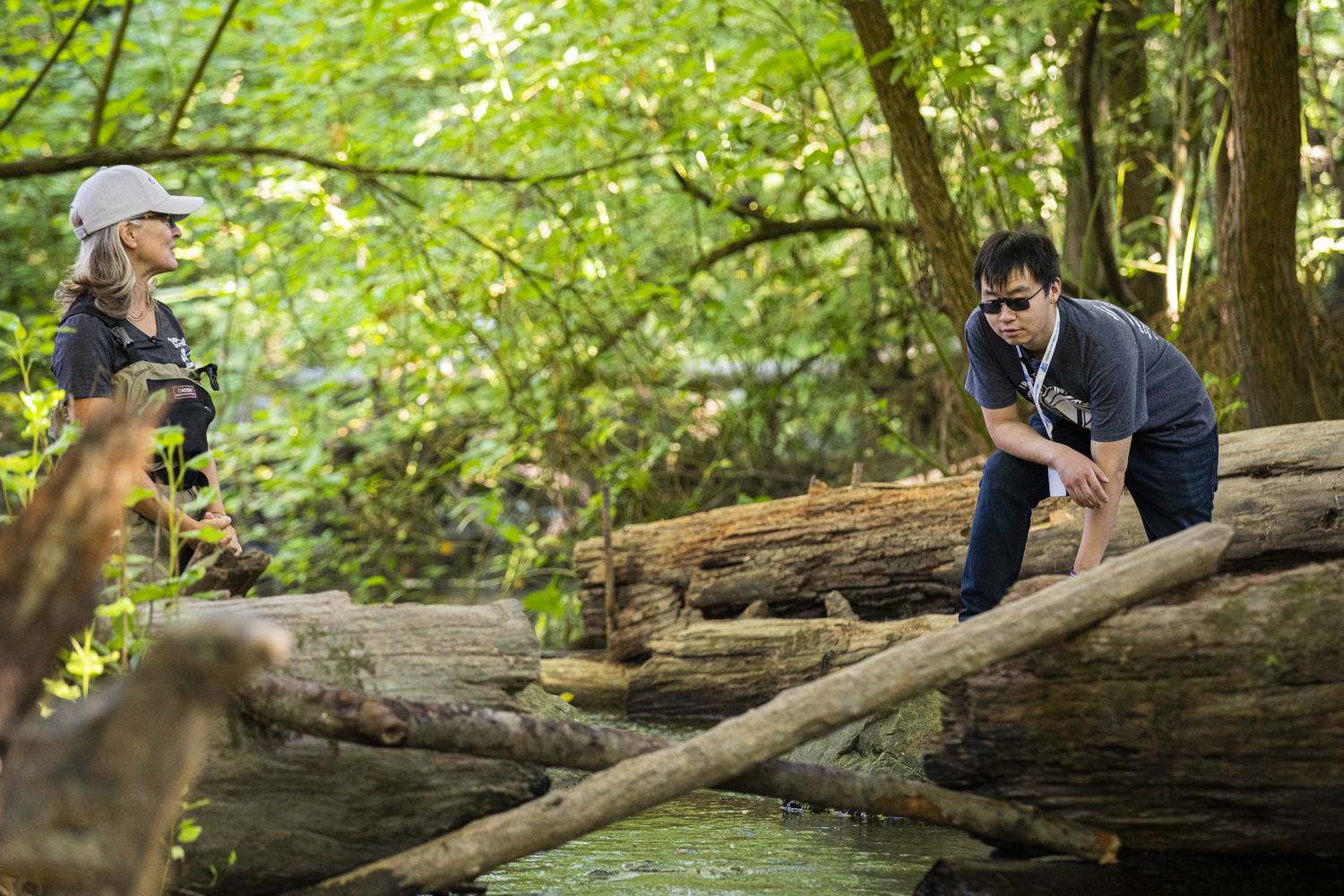Scientists have discovered the cuisine preferences of two resident killer whale populations: the Alaska residents and the endangered southern residents. The two populations show broad preference for salmon, particularly Chinook, chum and coho. But they differ in when they switch to hunting and eating different salmon species, as well as the other fish species they pursue to supplement their diets.
Tag: Salmon
What four decades of canned salmon reveal about marine food webs
By analyzing 42 years worth of canned salmon, University of Washington scientists show that levels a common marine parasite rose in two salmon species in the Gulf of Alaska from 1979 to 2021. The rise may be a sign of ecosystem recovery, possibly influenced by the 1972 Marine Mammal Protection Act.
Northern and southern resident orcas hunt differently, which may help explain the decline of southern orcas
In the Pacific Northwest and British Columbia, southern resident orcas have experienced no net population growth since the 1970s. But northern resident orcas, with a similar diet and territory, have grown steadily. A new study may help explain why: The two populations differ in how they hunt for salmon, their primary and preferred food source.
New program to speed salmon breeding
Breeding Insight, a new program funded by the U.S. Department of Agriculture through Cornell University, will share latest tools with breeders in the U.S.
New, Tiny Battery Powers Big Insight into Fish Passage for Hydropower
PNNL scientists developed a tiny battery and tag to track younger, smaller species, to evaluate behavior and estimate survival during downstream migration.
Suitable Spawning Habitat Awaits Salmon
Scientists at PNNL and the Confederated Tribes of the Colville Reservation identify acres of spawning habitat in the Upper Columbia River.

Tire-related chemical is largely responsible for adult coho salmon deaths in urban streams
A team led by researchers at the University of Washington Tacoma, UW and Washington State University Puyallup have discovered a chemical that kills coho salmon in urban streams before the fish can spawn.